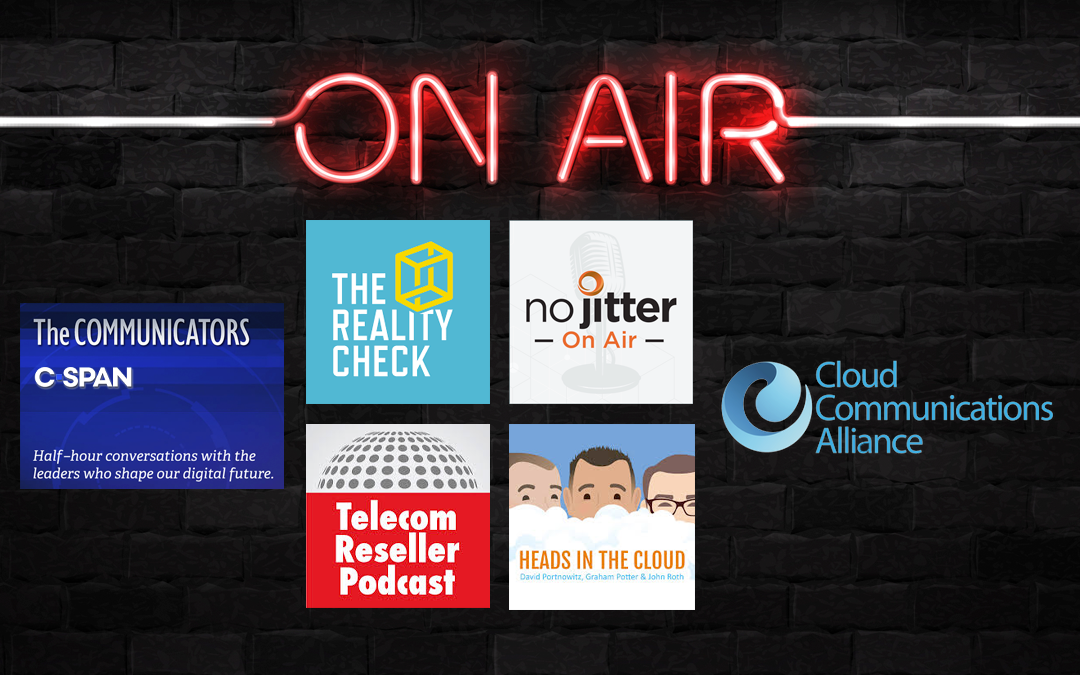It may seem inconceivable that the telephone number (also known as DIDs) as we know it will eventually be rendered obsolete. Phone numbers still play a big role as universal identifiers for online voice and video services, social media platforms, and innumerable websites that provide services. Since they are already well-ensconced in emerging telecommunications tech, the question arises as to how far they might be exploited in transitioning to cloud-based paradigms.
E-164: Are Its Days Really Numbered?
Even when considering the advent of Skype, email, and the various preferred social media identifiers, the international public telecommunication number, or E-164, remains the most compatible identifier still in use. So why would anyone prepare for the E-164’s demise? Modalities of communication have changed dramatically since smartphone technology came on the scene. Technologically speaking, smartphones are simply too advanced to be relegated to E-164s.
Portability Versus Practicality
Even considering the portability of mobile phone numbers, there are still significant limitations on that portability as it translates into utility for the user. If one moves to another country, the portability they enjoyed in their home country is no more. Simply obtaining a telephone number can be an onerous task compared to securing online identifiers elsewhere.
Many people recall a time when they had every telephone number they regularly called committed to memory. This could amount to dozens of numbers that included friends, family, business contacts, and key services. Now, when consumers call someone, they find a name on a contact, speed dial, or favorites list. They’ve entered the contact’s phone number perhaps once, if the information was not transferred directly from the new contact’s smartphone or downloaded from a file within an email.
A Ready-Made Solution?
If phone numbers have become more common identifiers than caller destinations—somewhat akin to secure keys within an Application Programming Interface (API) authentication—then finding as much use for them as possible seems logical. Utilizing phone numbers in the cloud is just one manner in which this might be done. In the cloud, a phone number is reassigned a value more agreeable with the system at hand anyway, and the phone number itself becomes a mere reference.
Practical Concerns and Hurdles
Obviously, there are pertinent issues to address in such a scenario. As with more or less everything that goes on in the cloud, security and privacy are chief concerns. Junk text solicitations and other unwanted communications could become more common if the E-164 format becomes obsolete and identifiers are cloud-based and cloud-accessible.
Unlike the secure authentication consumers are used to (which at present is often based on their telephone number), they may be less able to control the amount of information that third-party services are able to access—at least initially. Rest assured that these consequences are already being deeply considered by telecom and security experts, entrepreneurs, and legacy tech giants.
Curious about cloud-based telephony? Contact Commio today to stay ahead of the technology curve.

















